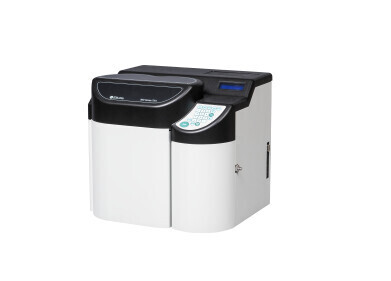Gas Chromatography
What Do the Sewers Know About You? — Chromatography Investigates
May 14 2018
There is a well known saying ‘You are what you eat’, a phrase that comes from the French politician and foodie Jean Brillat-Savarin in the early nineteenth century. A literal translation of what he said would be ‘tell me what you eat, and I will tell you what you are’.
Well, with modern technology and advances in chemical analysis and statistical modelling — modern scientists can tell you who you are without even asking what you have eaten. They can even tell you what drugs you have taken and how healthy you are. Welcome to the wonderful world of sewer epidemiology.
What goes in — must come out
Another phrase often heard is ‘what goes in must come out’, a phrase frequently used when you accidently swallow something. But, it could also apply equally to what we routinely eat and drink — in fact, to anything we ingest. Anything we ingest either gets used in our bodies and is excreted or passes through our digestive tract unchanged and is then excreted. Either way, it ends up down the toilet. Hopefully.
Our poo and wee contains the remains of what we have eaten and drunk. It might have been changed during digestion, but the tell-tale signs of what we have consumed are there for scientists to analyse and investigate. Even the drugs you might have taken can still be spotted.
Wastewater epidemiology — tale of the toilet
Our waste is a good source of information about us, or the population we live in. The local waste treatment plant, or sewage works, collects excreted waste from people living in that area. And by carrying out chemical analysis using chromatography for example, researchers can calculate the health of the population and what drugs are being used. The industrial use of chromatography is discussed in the article, Industrial Applications of Offline and Online Comprehensive Gas Chromatography.
This is the basis of wastewater epidemiology. The use of wastewater samples to gauge the health of a population has its origins in the 1990s as discussed in a recent article in Chemical & Engineering News. It began when a scientist at the US Environmental Protection Agency realised that it might be possible to measure illicit drugs in wastewater samples and use the data to calculate the amount of drug use in a population or community.
Although the measurement of illicit drug use has been the biggest success of the method so far, it has many other potential uses. Researchers could use the technique to measure health biomarkers like proteins or lipids to gauge the health of a community. The method can also be used to assess the impact of changes in drug programs or diets.
Just make sure you flush.
Digital Edition
Chromatography Today - Buyers' Guide 2022
October 2023
In This Edition Modern & Practical Applications - Accelerating ADC Development with Mass Spectrometry - Implementing High-Resolution Ion Mobility into Peptide Mapping Workflows Chromatogr...
View all digital editions
Events
Jan 20 2025 Amsterdam, Netherlands
Feb 03 2025 Dubai, UAE
Feb 05 2025 Guangzhou, China
Mar 01 2025 Boston, MA, USA
Mar 04 2025 Berlin, Germany














